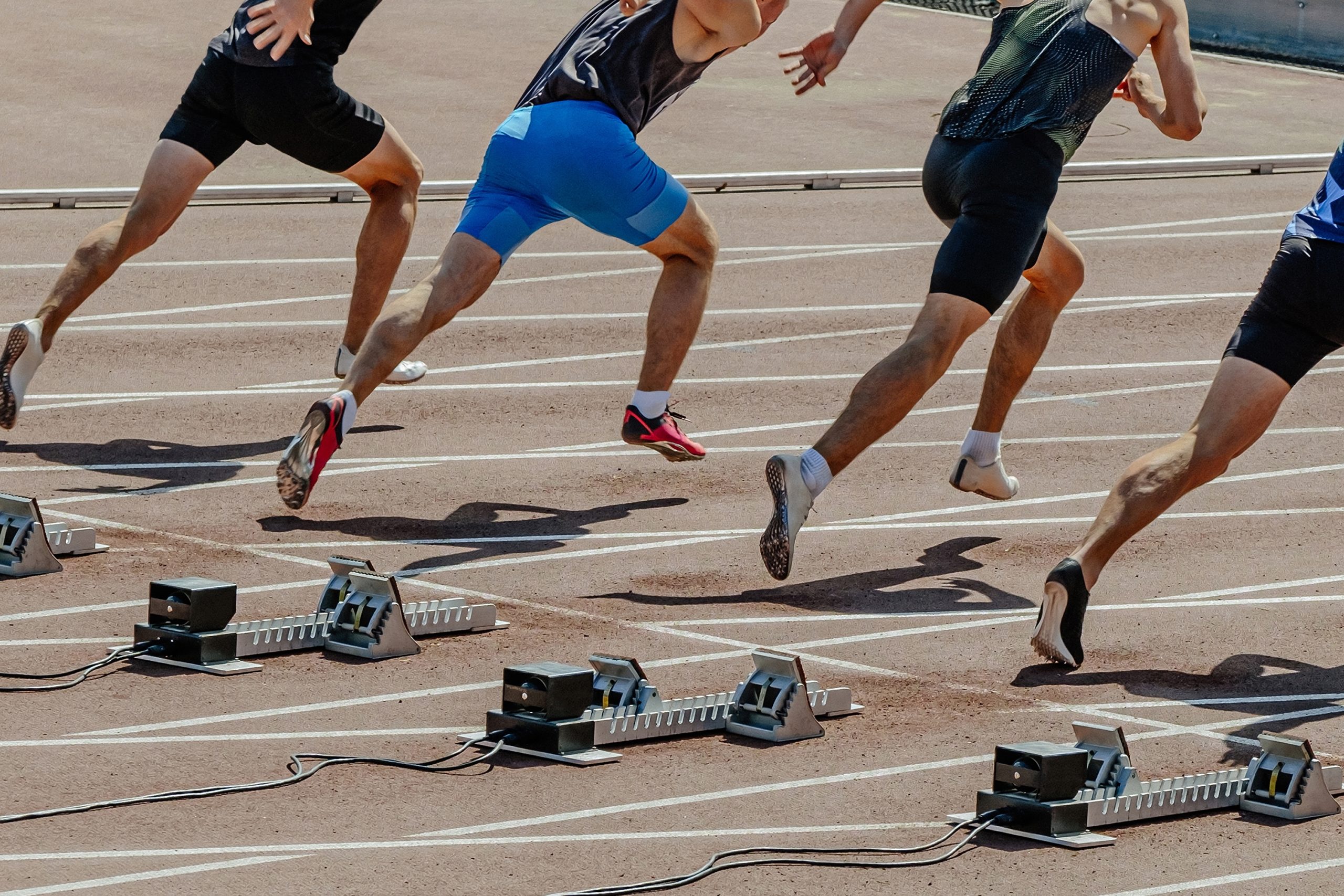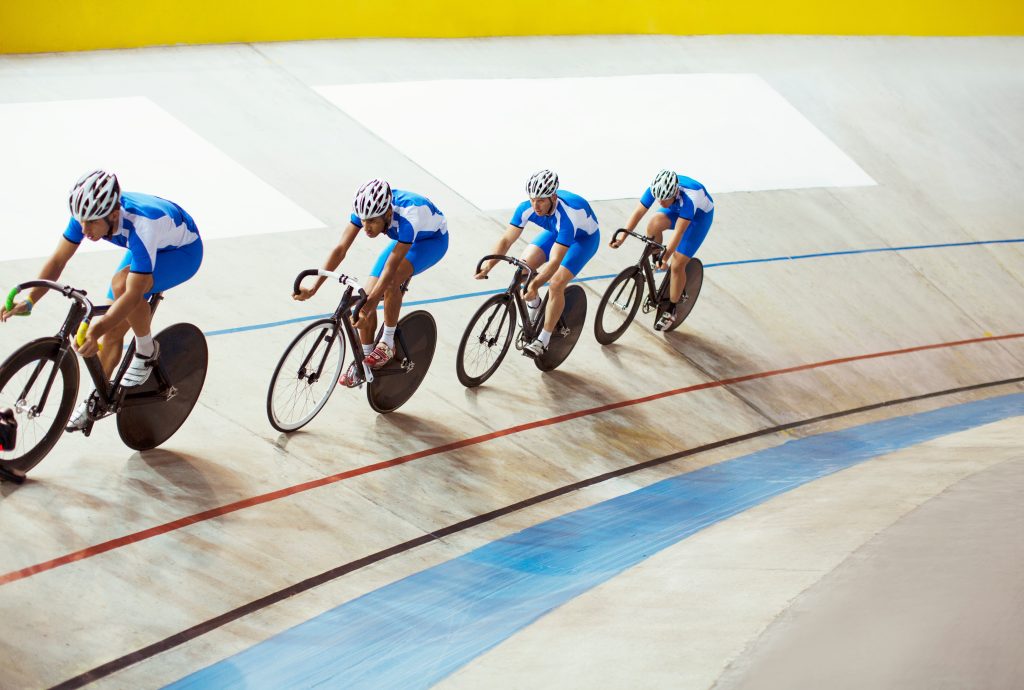
Excellence, respect and friendship. The three values on which the Olympics have been built to promote sport, culture and education. And in the spirit of solidarity and fair play, governing bodies have implemented rules and regulations to protect the integrity of sport and to ensure events celebrate the triumph of the human spirit and effort.
A tricky area to navigate, however, is sports equipment and the concept of “technology doping”. Technology doping generally relates to the use of sports equipment to gain an unfair advantage over other competitors. But what if the same equipment can be used by any athlete in an event? How would that be unfair?
A well-known example of this issue is Speedo’s LZR Racer (explored in more detail in my colleague Krishna Lall’s article “From poolside to patent office: keeping Olympians in the fast lane – GJE”), a body-length swimsuit endorsed by FINA (Fédération internationale de natation now known as World Aquatics) and worn by many swimmers at the 2008 Beijing Olympics (Speedo filed two patent applications US2008/0141430 and US2008/0141431 on 16 August 2007 directed to the swimsuit). The LZR Racer innovations sought to aid buoyancy and improve oxygen flow to a swimmer’s muscles. In Beijing, 23 out of 25 swimming world records were broken and 98% of the swimming medals were won by swimmers wearing the LZR Racer.
Subsequently, in 2009 FINA introduced new regulations that limited the lengths and material properties of a swimsuit to uphold the principle of swimming being essentially based on the physical performance of an athlete.
A concern of many was not simply that one athlete had an unfair advantage over another within an event, but rather that technology doping could lead to world records of the past becoming meaningless against the records of today.
At the 2016 Rio Olympics, Nike introduced its Vaporfly “super shoes”, which were the first to incorporate carbon fibre plates in the soles. As with the LZR Racer, running records tumbled following the use of super shoes which led many to think that such shoes are a form of technology or even mechanical doping. Indeed one of Nike’s earlier super shoe patent applications WO2016/179265 filed on 4 May 2016 titled “Footwear sole structure including a spring plate” explained that “In conventional footwear, little to none of this mechanical energy [from the impact of a shoe with the ground] is recovered to contribute back to ongoing movement”, whereas Nike’s super shoes utilise a spring plate to store and return this energy to its wearer. Following the Vaporfly’s introduction, World Athletics amended the rules governing competition shoes for elite athletes in 2020 to place restrictions on the stack height and plates in the base of a shoe (see my colleague Dan Mulryan’s article “Shoe wars: how careful IP management can put a spring in your step – GJE” for more information on the development of “super shoes” and the role IP has played).
It is worth noting that many of the world records set by swimmers wearing the LZR Racer have since been bettered, which suggests that some of the fears over technology doping may have been unwarranted. Perhaps the latest developments in training regimes or swimsuit technology have offered improved performance whilst staying within the regulations.
In the above examples, it appears that innovation has led to new regulations, which in turn will inevitably lead to more innovation. More recently, in March this year the world governing body of cycling, the Union Cycliste Internationale (UCI) concluded that a “head sock” element of a time trial helmet contravened their existing regulations on “the use of “non-essential” components that are not exclusively for clothing or safety purposes”.
In any case, it is clear that the pursuit of being faster, higher and stronger almost demands research and development, whether in training regimes, equipment or otherwise. Rules and regulations should therefore not simply be seen as there to uphold the spirit of fair play and integrity, but also as opportunities for sports tech companies to drive more innovation. In addition to the advantages on the field of play, intellectual property offers commercial protection and incentives for innovations as they develop alongside changing regulations.
If you would like to discuss any of the issues raised in this article, or if you have any questions about patent protection then please email us at gje@gje.com.


